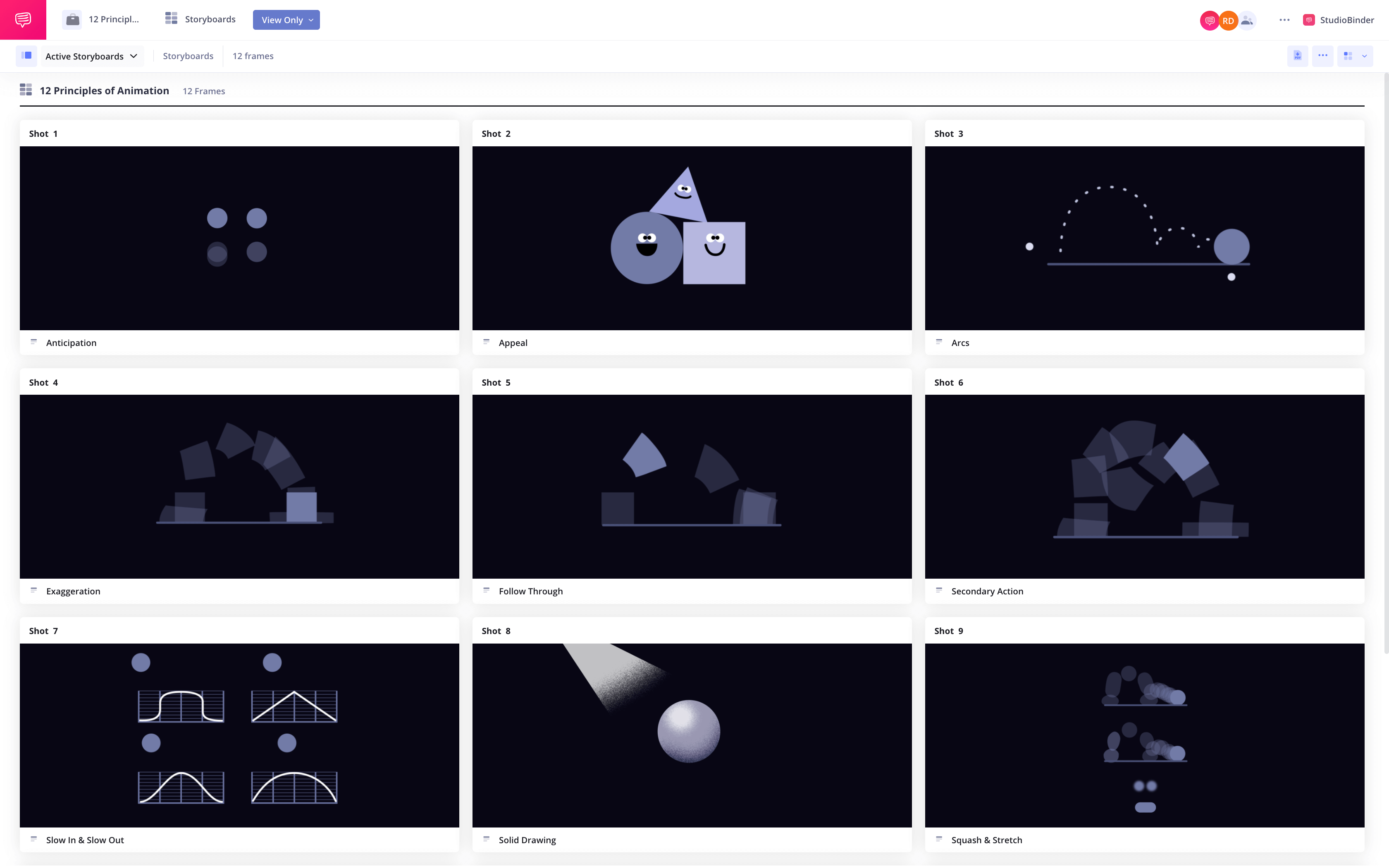Discover Pandipedia
Pandipedia is the world's first encyclopaedia of machine generated content approved by humans. You can contribute by simply searching and clicking/tapping on "Add To Pandipedia" in the answer you like. Learn More
Expand the world's knowledge as you search and help others. Go you!
Tourism represents about 10% of the EU's GDP, highlighting its significance as a driver for ancillary services like car rentals, thus favorably impacting market growth in the Europe Car Rental Market Industry[1].
Let's look at alternatives:
- Modify the query.
- Start a new thread.
- Remove sources (if manually added).
- Request a manual search from our human research team.
Let's look at alternatives:
- Modify the query.
- Start a new thread.
- Remove sources (if manually added).
- Request a manual search from our human research team.
Get more accurate answers with Super Search, upload files, personalised discovery feed, save searches and contribute to the PandiPedia.

Most ads quality launches have some CPC or CPA component, it impacts pricing in some way?
Witness[4100/1][1]
We expect all partners to adhere to whatever terms and conditions we've put in place with them.
WITNESS[1][4]

Auction-time bidding is a very productive strategy and something that I would say is probably our standard.
THE WITNESS[1][5]
Each of them have different business priorities that they're trying to work with.
PATRICK CHANG[1][2]
There are various ways that Google can change the way the auction runs that change prices in a very clear way.
None[3]
Let's look at alternatives:
- Modify the query.
- Start a new thread.
- Remove sources (if manually added).
- Request a manual search from our human research team.

Alphabet Inc.'s lab X is laying off dozens of employees[1] and seeking outside investors for funding its ventures. The division is adopting a new structure[1] to spin out projects as independent startups, and is focusing on collaborating with a broader base of industry and financial partners[1]. The layoffs are focused on support staff[1]. Astro Teller, who leads the lab, wrote in an email that the new approach will allow X to focus on inventing breakthrough technologies to[1] solve pressing challenges.
Let's look at alternatives:
- Modify the query.
- Start a new thread.
- Remove sources (if manually added).
- Request a manual search from our human research team.

Setting effective goals is essential for personal and professional development. In this context, SMART goals provide a structured framework that enhances clarity and encourages successful outcomes. The SMART acronym stands for Specific, Measurable, Achievable, Relevant, and Time-bound, and each component plays a crucial role in goal attainment.
Specificity in Goal Setting
A well-defined goal is clear and straightforward. It eliminates ambiguity by specifying what needs to be accomplished. For instance, instead of saying, “I want to improve productivity,” a specific goal would be, “Increase productivity by 20% within the next quarter through better time management strategies”[11]. Addressing questions such as “What exactly do I want to achieve?” and “Who will be involved?” helps in crafting specific goals[9].
Measurable Goals
To ensure progress, goals must be measurable. This allows individuals to track their advancements and evaluate success. A measurable goal provides clear criteria for success, answering questions like “How will I know when the goal is accomplished?” and “What metrics will I use?” For example, instead of setting a vague aim to “get fit,” a measurable goal might be, “Exercise for 30 minutes, five days a week, for the next two months”[6]. By quantifying the objective, a sense of achievement can be fostered, promoting ongoing motivation.
Achievability of Goals
An achievable goal is realistic and attainable within the given resources and constraints. Setting goals that are too ambitious can lead to frustration and demotivation[10]. Therefore, it is vital to assess whether the goal is within reach, which involves considering available resources, skills, and time[12]. For example, “I will read one book a month” is more achievable than “I will read fifty books this year” if time and capacity are limited[6].
Relevance to Overall Objectives
Goals should align with broader life aspirations or organizational objectives to maintain motivation and relevance. A goal that resonates personally increases commitment. Therefore, one must ask, “Why is this goal important?” and “Does it tie into my long-term aspirations?” For example, a professional might set a goal to “Expand my professional network by attending one industry conference each quarter”[9]. Such relevancy ensures that the goal contributes meaningfully to personal or organizational growth.
Time-Bound Goals
Setting a timeline is essential as it creates urgency and accountability. Time-bound goals help prevent procrastination and push individuals to prioritize tasks effectively. Questions such as “When do I want to achieve this goal?” and “What deadlines can I set for interim milestones?” assist in establishing a clear timeframe[11]. An example of a time-bound goal is, “I will complete my project proposal by April 15,” which allows for adequate planning and execution[9].
Benefits of Using SMART Goals
The implementation of SMART criteria offers numerous advantages:
Enhanced Focus: SMART goals provide clarity and prevent distraction by defining explicit targets.
Increased Motivation: The structured approach of SMART goals can boost enthusiasm for achieving objectives as they become straightforward and actionable[12].
Improved Decision-Making: Specific goals allow for better resource allocation and prioritization within efforts, leading to more informed decisions[11].
Greater Accountability: With measurable and time-bound components, progress can be tracked effectively, holding individuals accountable for their actions[11][12].
Common Pitfalls in Setting SMART Goals
While SMART goals have proven effective, it's important to avoid certain pitfalls:
Setting Uninspiring Goals: Goals should be personally meaningful. Setting targets influenced solely by external pressures may lead to disengagement[11].
Neglecting to Reevaluate Goals: Regularly reviewing and adjusting goals according to progress and changing circumstances is crucial for continued growth and relevance[12].
Becoming Overly Focused on Metrics: While measurement is important, an obsessive focus on numbers can detract from the overall goal and lead to burnout[10].
Practical Steps for Implementing SMART Goals
To effectively implement SMART goals, consider the following steps:
Define Specific Goals: Clearly articulate what you aim to achieve and outline the actions necessary to get there.
Incorporate Measurable Criteria: Establish metrics to gauge your progress and celebrate milestones along the way.
Ensure Goals are Achievable: Assess your resources and capacity to ensure the goals you set are realistic yet challenging.
Align Goals with Relevance: Check that your goals fit within your larger life aspirations or the broader objectives of your organization.
Set Time-Bound Deadlines: Assign specific deadlines to your goals to enhance focus and encourage timely execution[11][12].
Conclusion
Setting SMART goals is an effective strategy for anyone looking to increase productivity and achieve significant results in their personal and professional lives. By focusing on the aspects of specificity, measurability, achievability, relevance, and time-bound elements, individuals can structure their goals effectively, leading to growth and success. Embracing this framework not only provides direction but also enhances motivation and accountability on the journey toward achievement.
Let's look at alternatives:
- Modify the query.
- Start a new thread.
- Remove sources (if manually added).
- Request a manual search from our human research team.

Whales breathe air through blowholes located at the top of their heads, which allows them to take quick breaths while swimming or resting near the surface. Unlike fish, they cannot breathe underwater and must rise to the surface to exhale and inhale air efficiently. Their blowholes seal tightly due to strong muscles, preventing water from entering their lungs when submerged[1][5].
Whales can consciously control their breathing and heart rate, which is crucial during deep dives. They efficiently exchange gases in their lungs, allowing them to hold their breath longer than many land mammals[4][6]. This combination of adaptations enables whales to thrive in their aquatic environment[2][3][4].
Let's look at alternatives:
- Modify the query.
- Start a new thread.
- Remove sources (if manually added).
- Request a manual search from our human research team.
Get more accurate answers with Super Search, upload files, personalised discovery feed, save searches and contribute to the PandiPedia.
Let's look at alternatives:
- Modify the query.
- Start a new thread.
- Remove sources (if manually added).
- Request a manual search from our human research team.
Let's look at alternatives:
- Modify the query.
- Start a new thread.
- Remove sources (if manually added).
- Request a manual search from our human research team.

Tamas Baxter's exorcism was filmed in the USA, primarily around North Carolina's Wilmington. The text states, 'The Exorcism was filmed in the USA (Carolina, New York).'
Let's look at alternatives:
- Modify the query.
- Start a new thread.
- Remove sources (if manually added).
- Request a manual search from our human research team.

Visual effects (VFX) play a crucial role in modern storytelling, transforming static images into dynamic experiences. Understanding the physics behind these effects allows animators and designers to create compelling, believable, and engaging narratives that resonate with viewers.
The Role of Animation Principles

The foundation of effective animation lies in the 12 Principles of Animation, established by Disney animators Ollie Johnston and Frank Thomas. These principles are applicable across various forms of animation, including character design and visual effects. Key concepts such as squash and stretch, anticipation, and timing and spacing are essential for creating lifelike and engaging animations that adhere to the laws of physics.
Squash and Stretch

The squash and stretch principle helps convey an object’s weight and flexibility. For instance, a bouncing ball squashes when it impacts the ground and stretches when it rebounds, showcasing its elasticity without changing its volume[10]. This principle not only enhances realism but also adds a playful aspect to animations, making characters and objects more relatable to viewers.
Anticipation
Anticipation involves preparing the audience for an action about to occur. For example, a character might crouch before jumping. This preparatory movement gives viewers a cue about what to expect next, adding to the action's believability[10][11]. Implementing anticipation creates a connection with the audience, building suspense and emotional investment in the unfolding narrative.
Timing and Spacing

The concept of timing is crucial in animation, referring to the number of frames dedicated to a particular action. More frames result in slower movements, while fewer frames indicate faster ones. Spacing, on the other hand, concerns how far an object moves between frames. Both timing and spacing significantly affect the perception of weight and speed, making movements appear natural[11]. For example, an object moving with proper timing and spacing appears to follow the same physical laws we observe in reality.
The Importance of Easing
Easing refers to the gradual acceleration and deceleration of movements, creating more fluid and organic animations. In practical terms, this means that objects do not start or stop instantly; they require time to gain speed and slow down[6]. For instance, a character standing up from a seated position should begin slowly, pick up speed, and ease back into a resting state, ensuring that the motion appears realistic. This principle is vital for preventing animations from feeling robotic or stiff.
Creating Realism with Follow-Through and Overlapping Action

To enhance realism, animators use follow-through and overlapping action. Follow-through refers to the continuation of movement after the main action has stopped. For instance, a character's hair might sway after they have turned their head[11]. Overlapping action involves different parts of an object moving at different rates. In a scene where a character waves, the shoulder will move before the arm and hand, adding a natural quality to the movement[10]. These subtle actions contribute to the illusion of life, making animations more engaging.
The Arc Principle
Animation that follows an arc creates smoother, more natural movements. Most actions, whether human or animal, occur along a curved path rather than a straight line. For instance, when someone swings a bat, the motion should trace an arc, lending a dynamic quality to the action[11][10]. This principle helps prevent animations from appearing mechanical or rigid, making them more appealing and realistic.
Exaggeration to Enhance Appeal
Exaggeration is another critical principle, allowing animators to amplify actions and emotional expressions for higher impact[10]. By exaggerating movements, such as a character's surprise by dramatically opening their eyes, viewers can easily grasp the intended emotion. This technique is particularly effective in comedic and dramatic contexts, making scenes memorable and relatable.
Appeal in Animation

Creating characters that resonate with the audience is essential for effective animation. Character design plays a vital role in ensuring that viewers connect emotionally with the animated figures. Features such as expressive eyes, unique shapes, and distinct personalities help to make a character appealing, which is crucial for developing storytelling in animated films[9]. Characters should evoke empathy, curiosity, and engagement, making the narrative more immersive.
The Future of Visual Effects
As technology continues to evolve, the integration of physics in visual effects becomes increasingly sophisticated. The approaches used in combining traditional animation with advanced digital techniques pave the way for innovative storytelling methods. Films like Avatar illustrate the potential of next-generation visual effects, where realistic character movements and expressive emotions are achieved through meticulous attention to the principles of animation[8].
Conclusion
The science behind satisfying visual effects lies deeply rooted in the principles of animation that mimic the natural laws of physics. By understanding and applying concepts such as timing, squash and stretch, anticipation, and easing, animators can create lifelike and engaging narratives that resonate with audiences. The continued evolution of tools and technology keeps pushing the boundaries of what is possible in animation and VFX, promising a future filled with captivating storytelling experiences.
Let's look at alternatives:
- Modify the query.
- Start a new thread.
- Remove sources (if manually added).
- Request a manual search from our human research team.